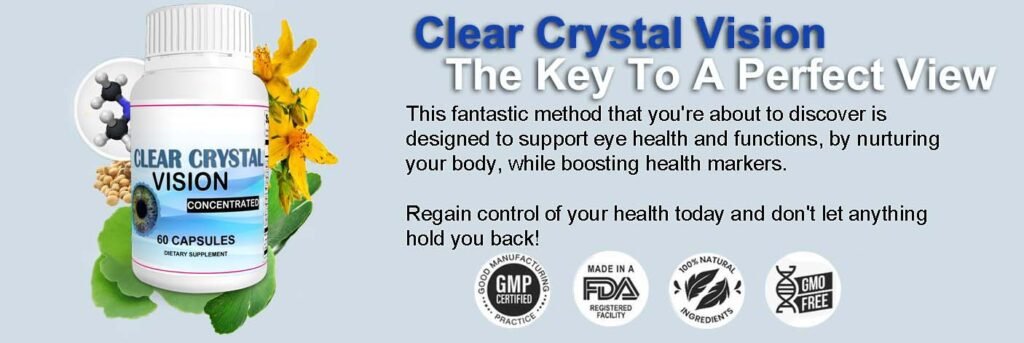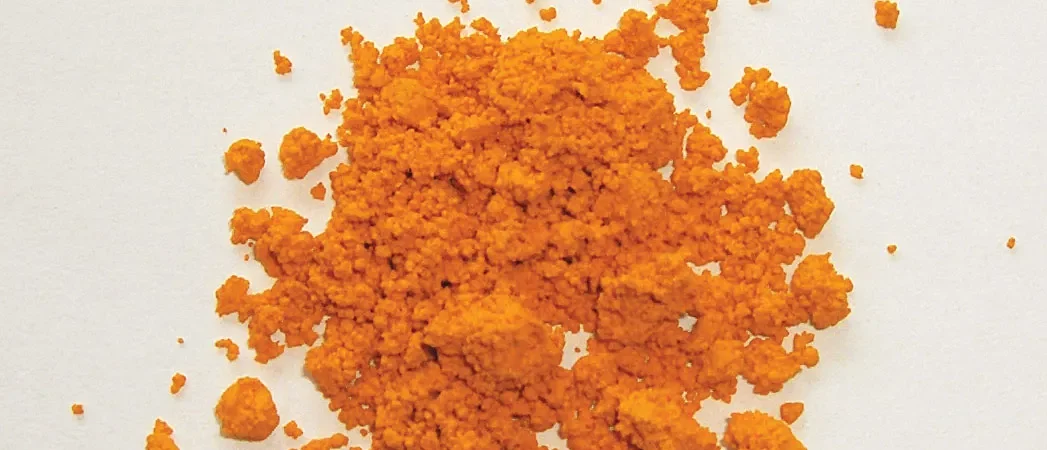Understanding Riboflavin: What Is It?
Riboflavin, commonly referred to as Vitamin B2, is a water-soluble vitamin that plays a crucial role in maintaining various bodily functions. It is part of the complex B vitamins and is integral to numerous enzymatic reactions that facilitate energy production. The chemical structure of riboflavin consists of a ribityl side chain, attached to isoalloxazine, which is the active form of the vitamin. This structure is essential for its ability to act as a coenzyme in metabolic pathways.
The human body does not store riboflavin; hence, it must be obtained regularly from dietary sources. Rich sources of riboflavin include dairy products, eggs, lean meats, nuts, green leafy vegetables, and fortified cereals. Incorporating these foods into one’s diet can ensure adequate intake, as the recommended daily allowance for riboflavin varies based on age and gender. For instance, adult men require approximately 1.3 milligrams per day, while adult women need about 1.1 milligrams. Pregnant and breastfeeding women require higher amounts to support fetal and infant growth and development.
Beyond its role in energy metabolism, riboflavin is vital for maintaining healthy vision, skin, and nerve function. It contributes to the production of glutathione, an important antioxidant that helps to protect cells from oxidative stress. Furthermore, riboflavin is involved in the metabolism of fats, carbohydrates, and proteins, serving as a precursor for the coenzymes flavin mononucleotide (FMN) and flavin adenine dinucleotide (FAD). These coenzymes play pivotal roles in key biochemical reactions, including those necessary for cellular respiration, which ultimately supports overall energy levels and bodily health.
The Visual Benefits of Riboflavin
Riboflavin, also known as vitamin B2, is pivotal for maintaining optimal eye health and ensuring clarity of vision. Research indicates a direct correlation between riboflavin deficiency and several ocular conditions. For instance, studies have shown that inadequate levels of riboflavin may lead to the early stages of cataracts, a condition characterized by clouding of the eye’s lens, thereby impairing vision. Furthermore, riboflavin plays a crucial role in the prevention of age-related macular degeneration (AMD), a leading cause of vision loss in older adults. AMD can result in the deterioration of the macula, the part of the retina responsible for central vision, and a deficiency in riboflavin has been identified as a contributing factor in its progression.
Additionally, riboflavin is essential in promoting healthy corneal integrity. The cornea is the eye’s outermost layer and serves as a barrier to environmental damage. Riboflavin’s antioxidant properties protect eye cells from oxidative stress, which can arise from prolonged exposure to UV radiation and environmental pollutants. By safeguarding these cells, riboflavin may help in reducing the risk of light sensitivity, allowing for more comfortable and clearer vision in varying light conditions.
Moreover, the sufficiency of riboflavin in the diet enhances the overall health of the eye, supporting the effective function of other vitamins and minerals critical for vision. Foods that are rich in riboflavin, including dairy products, eggs, lean meats, and green leafy vegetables, contribute not only to overall well-being but also to maintaining visual acuity. The compelling link between riboflavin levels and eye health underscores the importance of ensuring adequate intake of this nutrient to potentially stave off various eye disorders and promote clearer vision throughout life.

How to Incorporate Riboflavin into Your Diet
Riboflavin, also known as vitamin B2, plays a crucial role in maintaining optimal health, particularly in supporting vision. Increasing your dietary intake of riboflavin can be achieved through various practical measures. One of the most effective methods is to include riboflavin-rich foods in your daily meals.
Among the foods high in riboflavin are dairy products such as milk, yogurt, and cheese, which not only provide essential riboflavin but also calcium and protein. Eggs are another excellent source; incorporating them into your breakfast or as snacks can significantly boost your riboflavin levels. Additionally, green leafy vegetables like spinach, kale, and broccoli are rich in this vitamin, making salads and stir-fries an excellent choice for enhancing your intake.
Nuts, such as almonds and walnuts, contribute beneficial amounts of riboflavin as well, and they can be enjoyed as on-the-go snacks or added to various dishes. Whole grains, including brown rice, oats, and whole wheat bread, are also good sources of riboflavin. By integrating these foods into your meal planning, you can help ensure that you are meeting the recommended dietary allowance of riboflavin.
Meal preparation is also key to maximizing riboflavin intake. Try to prepare meals that include a balance of the aforementioned food groups. For instance, a breakfast smoothie combining yogurt, spinach, and nuts or a lunch option featuring a whole grain wrap with egg and leafy greens can provide a generous serving of riboflavin.
For individuals who find it challenging to meet their daily riboflavin needs through food alone, riboflavin supplements and fortified products may be beneficial. Many cereals and grain products are now fortified with riboflavin, making it easier for you to incorporate this essential nutrient into your diet, ensuring you enjoy its numerous health benefits.
Conclusion
In light of the significant role riboflavin plays in maintaining optimal eye health, it is crucial to emphasize the necessity of incorporating riboflavin-rich foods into one’s daily diet. Riboflavin, also known as vitamin B2, is an essential nutrient that contributes to various physiological processes, including the production of red blood cells and the maintenance of healthy skin and vision. Its powerful antioxidant properties help protect the eyes from oxidative stress, which can lead to detrimental eye conditions over time.
Evidence suggests that adequate riboflavin intake is associated with a reduced risk of developing cataracts and age-related macular degeneration, two prevalent eye disorders that can significantly impair vision. By prioritizing foods high in riboflavin such as dairy products, eggs, leafy greens, nuts, and whole grains, individuals can bolster their eye health effectively. Regular consumption of these foods not only aids in replenishing riboflavin levels but also supports overall well-being, thereby enhancing both visual and cognitive functions.
As we reflect on the critical benefits that riboflavin brings to our eyesight, it remains important for individuals to be mindful of their nutritional intake. Consulting with healthcare professionals can offer valuable insights into personal dietary needs and identify any potential deficiencies. Taking proactive steps by adjusting one’s diet and ensuring sufficient riboflavin consumption can lead to lasting improvements in eye health and vision clarity. Therefore, making riboflavin a priority in one’s diet not only cultivates long-term eye wellness but also empowers individuals to take charge of their visual health.

